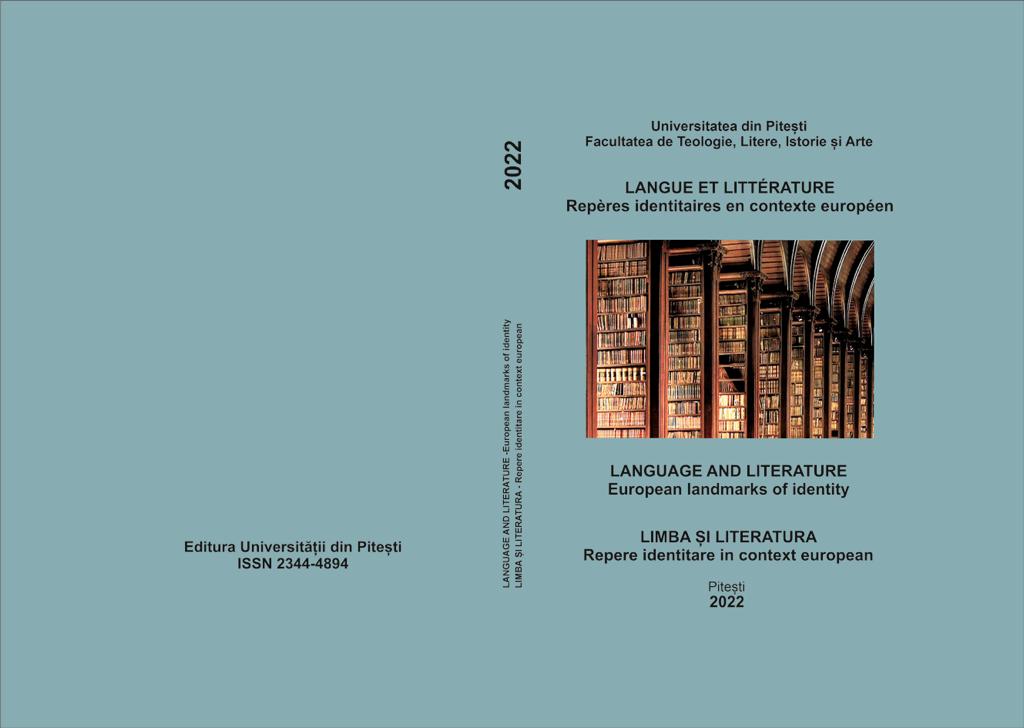BUFONES, COMEDIANTES Y ARLEQUINES EN LA PINTURA ESPAÑOLA
JESTERS, COMEDIANS AND HARLEQUINS IN SPANISH PAINTING
Author(s): Sorina Dora SimionSubject(s): Visual Arts, Studies of Literature
Published by: Editura Universităţii din Piteşti
Keywords: crazy; dwarfs; buffoons; Spanish painting;
Summary/Abstract: The fashion for people of pleasure dates to the Middle Ages and is pan-European, but it flourished, more than in other countries, at the court of the Spanish Habsburgs, between the 16th and 17th centuries. In this work we intend to analyse the roles, functions and the differences between monsters, fools, madmen, dwarves, and buffoons, so we consider the documents that testify and document their existence and the traces they left in Spanish painting. The courtly images of men of pleasure highlight their importance as attributes of Habsburg power, from Carlos V and Felipe II to the last of them, Carlos II, and show affection, Christian mercy and, thanks to the antithesis, highlight regal qualities and distinction. Later painters, for example, Francisco de Goya y Lucientes and Pablo Picasso, drew on the sources of Spanish painting of the 16th and 17th centuries and delved into the differences between abnormal, weird, and comic characters and circus or comedian actors.
Journal: LIMBA ȘI LITERATURA – REPERE IDENTITARE ÎN CONTEXT EUROPEAN
- Issue Year: 2022
- Issue No: 31
- Page Range: 221-228
- Page Count: 8
- Language: Spanish

